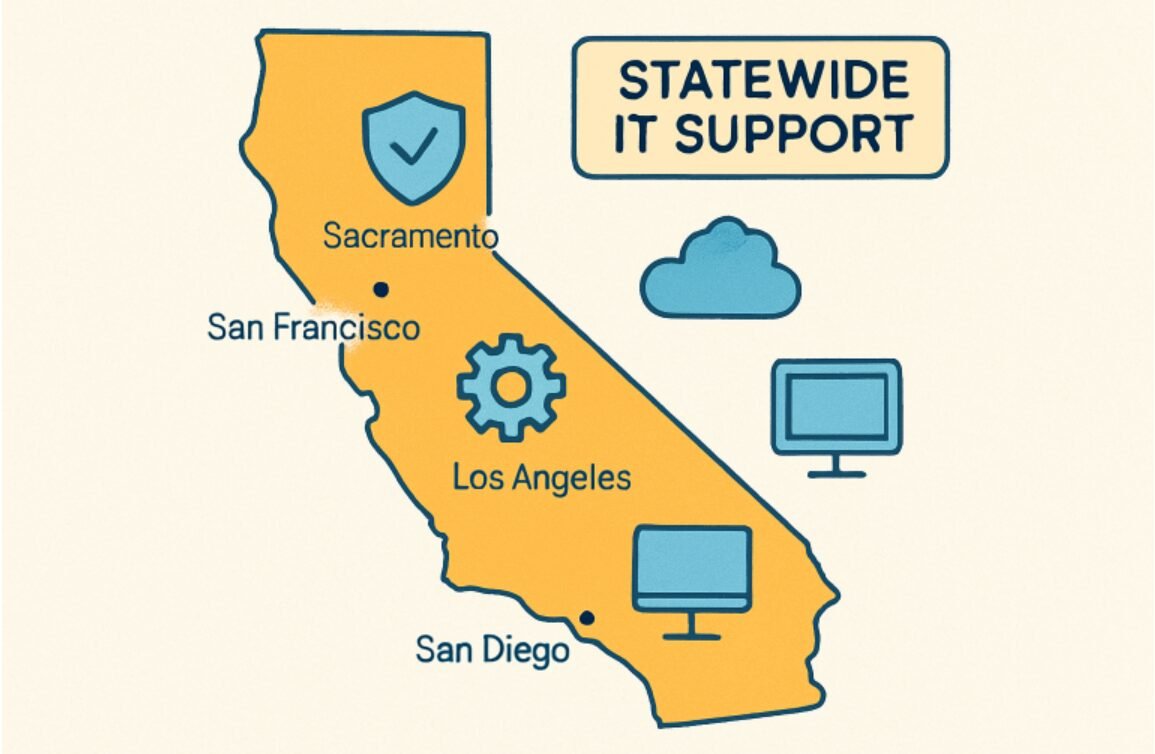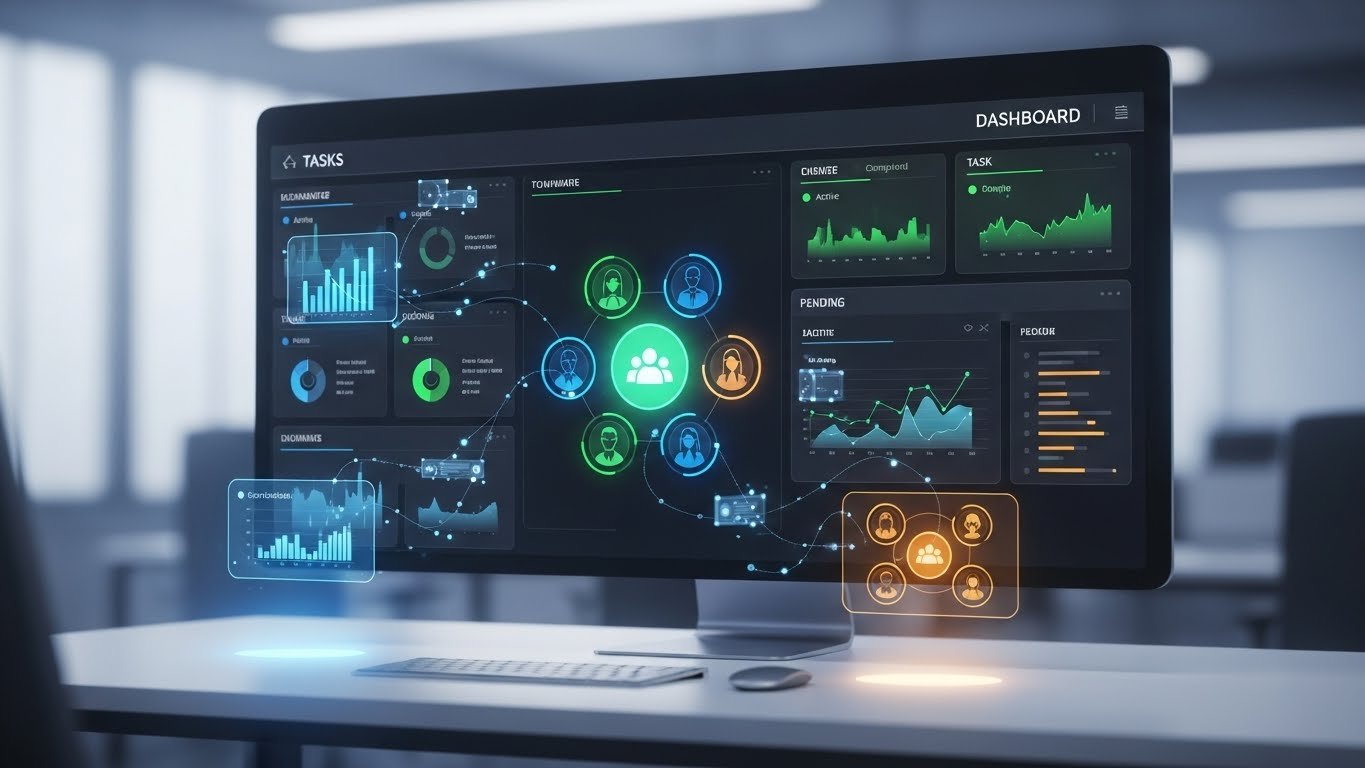The telecommunications sector is undergoing transformation at a staggering rate. The convergence of 5G, IoT, and cloud is transforming the market, which the telecoms have learnt to embrace. However, behind every product or premium service, there is a fundamental, unsung hero: Billing Systems.
As service models become more intricate and customer demands increase, there are only so many challenges one can forward into billing to just endure, much less cope with.
“Then along comes Artificial Intelligence (AI).”
AI is much more than a buzzword in telecom; it is becoming a key enabler to next-generation billing strategies. For example, automating operations or enhancing the customer experience, AI takes telecommunications revenue management to a new level in a hyper-connected world.
Benefits of AI in Telecom Billing
The integration of AI in billing platforms can provide strong advantages:
Operational Efficiency
AI can automate various repetitive, time-consuming, and less added tasks in the billing process, such as dispute resolution, error detection and reconciliation. This can help reduce operational costs while making teams available to focus on higher-value-added work.
Accurate Revenue Management
AI and machine learning algorithms can be helpful to ensure accurate real-time charging where there may be multiple, complex use cases (e.g. 5G network slicing; a multi-party IoT ecosystem) and to detect anomalies and revenue leakage.
Personalised Customer Experiences
AI can facilitate intelligent or predicted segmentation and help identify and personalize offers based on customer real-time usage patterns, behavior and preferences. When offers feel like they are tailored to the customer, they will be much more likely to engage with them.
Top AI usages for billing in telecom
Dynamic Pricing Model
Instead of keeping to static billing and number-based pricing, a telecom might instead opt for a usage-based or context-based pricing modelled by AI. This would allow dynamic pricing to be applied with respect to the current load on the network, the grade of service, or customer demand.
Fraud Detection and Prevention
Fraud detection works with the least interference, almost 99 per cent of the time. AI models will handle huge transactions, analyze them in real-time, and try to alert the enterprise before the malicious persons even know what is happening, thus largely reducing fraud occurrences within billing and subscription systems.
Revenue Forecasting Prediction
The forecasted revenue, being AI-driven, might well be more accurate because it takes outside variables into consideration, such as seasonality or economic indicators, borrowing influence from customer behaviour.
Resolving Customer Disputes
NLP enables AI-powered chatbots and virtual agents to keep up with what customers want on a billing query, providing greater clarity on what charge was billed, and resolving disputes better, faster, and with greater accuracy.
Future Trends: What’s Next for AI in Billing?
Autonomous Billing
Future billing systems will be self-learners and self-healers, meaning they can proactively fix problems without human intervention, minimizing downtime and improving trustworthiness.
AI + Blockchain = Monetization Transparency
Combining AI with blockchain will allow smart contracts and the sharing of revenue securely and in real-time, while adding the consideration of revenue streams from business-to-business-to-x (B2B2X) partnerships.
Context-based Billing in the Age of 5G and More
AI will allow the telecom industry to bill based on context, by which we mean billing based not only on usage but context such as device type, latency requirements, physical location, or service level agreement (SLA) tier, especially for enterprise use cases.
Sustainable Billing Optimization
AI can help telcos optimize energy consumption, lower the emission footprint from data processing, while aligning billing in line with sustainability initiatives.





